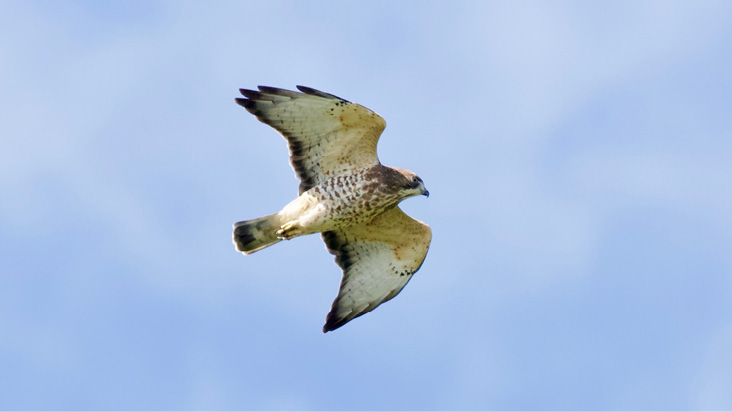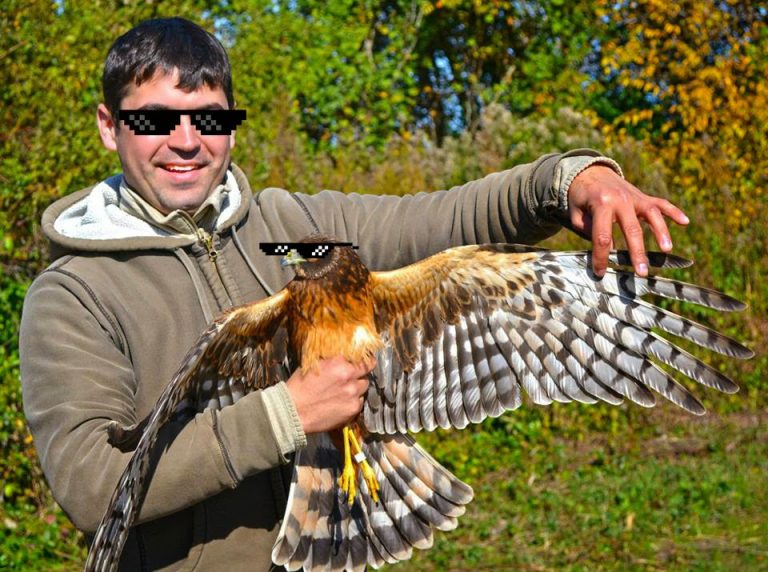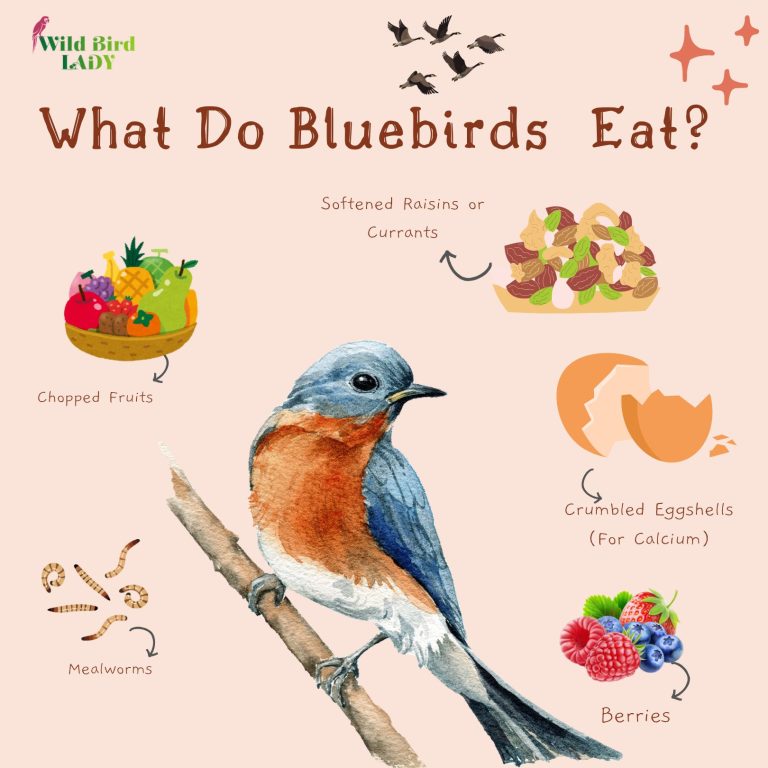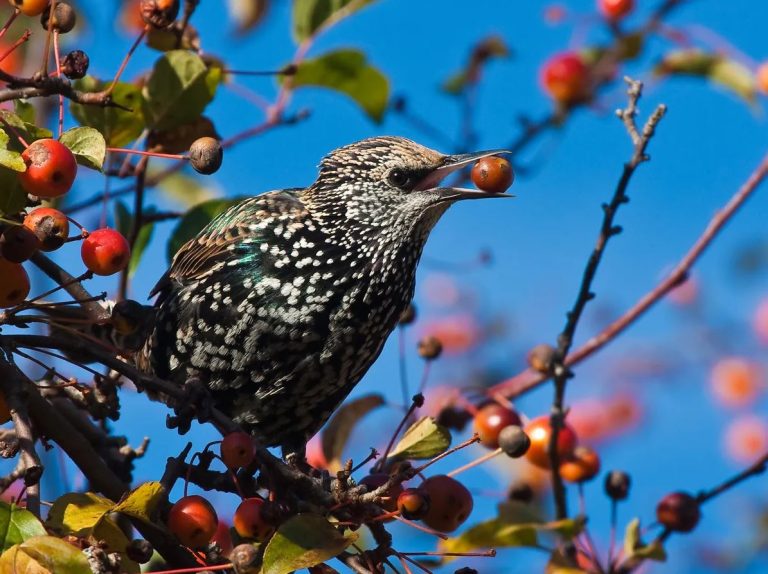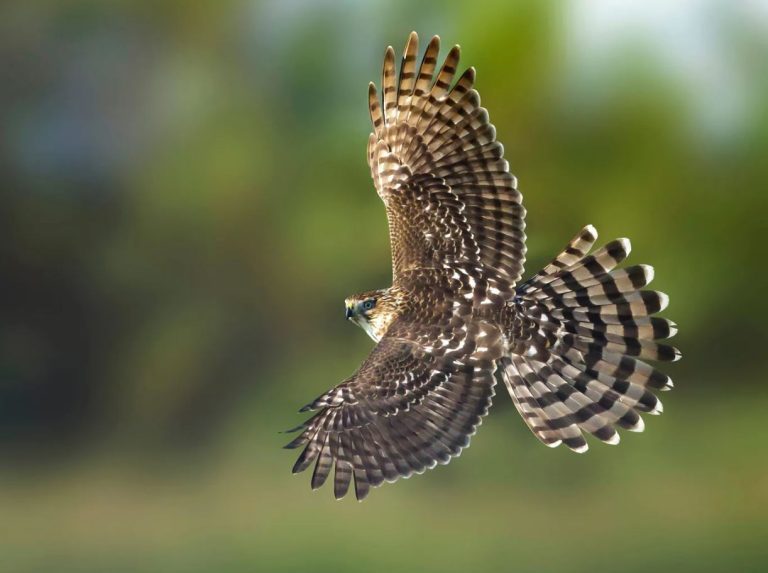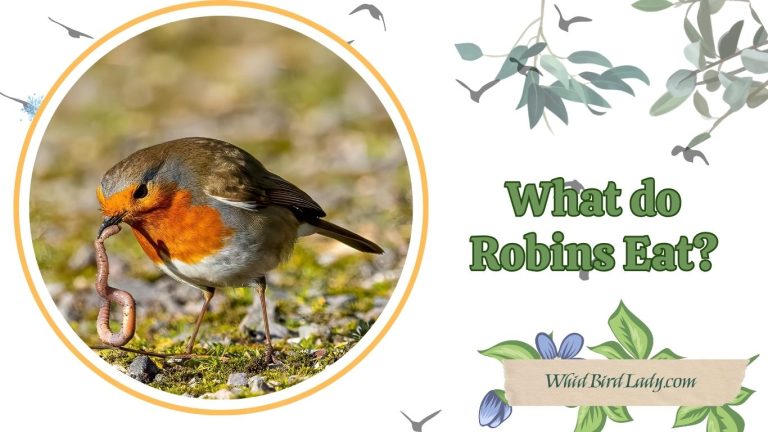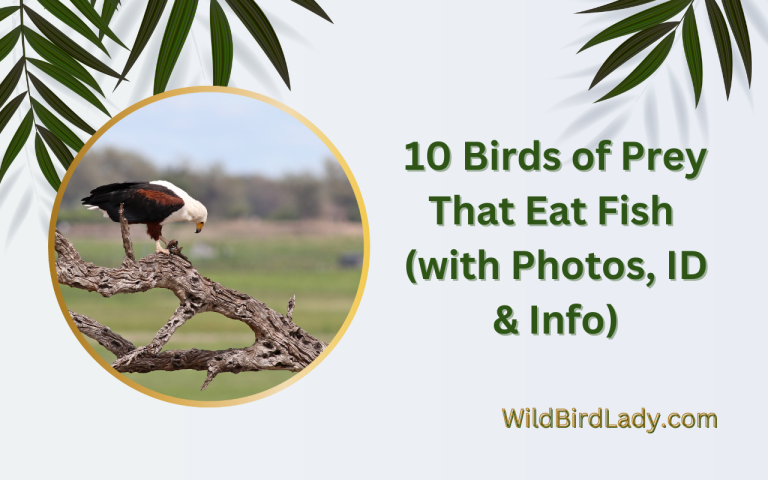Do Hawks Have Predators? The Hidden Dangers These Raptors Face in the Wild
Hawks are widely admired for their sharp talons, piercing vision, and powerful flight. As apex predators of the sky, they often sit near the top of the food chain. But here’s a question that many bird lovers, wildlife enthusiasts, and curious minds often ask: Do hawks have predators?
The short answer is yes, hawks do have predators—both natural and human-made. Despite their impressive hunting skills and agility, hawks are not immune to danger. From egg to adult, hawks face a variety of threats that can significantly impact their survival.
In this article, we’ll explore the predators of hawks at each stage of life, analyze how they defend themselves, and uncover the broader ecological implications of these threats. If you’ve ever wondered how even these fierce raptors must stay vigilant, keep reading.
Do Hawks Have Predators?
Though hawks are known as birds of prey, they are not entirely exempt from being prey themselves. Hawks have predators at various stages of life, especially when they are young, weak, or injured.
So, who dares to challenge a hawk?
Surprisingly, hawks have a variety of natural enemies including owls, eagles, raccoons, snakes, and even other hawks. Additionally, humans pose a more significant and long-lasting threat through deforestation, hunting, poisoning, and environmental pollution.
Predators of Hawk Eggs and Chicks
The most vulnerable stage in a hawk’s life is during the egg and chick phases. Nestlings rely heavily on their parents for food and protection. Despite the parents’ vigilance, many threats lurk in the wild.
Common predators of hawk nests include:
- Raccoons: Skilled climbers and opportunistic feeders that raid nests at night.
- Snakes: Especially tree-climbing species like rat snakes can consume both eggs and chicks.
- Crows and Ravens: These intelligent birds sometimes mob hawk nests for food.
- Squirrels: Though primarily herbivorous, they may steal eggs if food is scarce.
- Cats and Feral Animals: In more urban areas, stray or feral cats can climb trees and destroy nests.
According to data from the Cornell Lab of Ornithology, up to 50% of raptor chicks may not survive their first year due to predation and environmental stressors.
Predators of Juvenile Hawks
Once a young hawk leaves the nest, it enters an equally dangerous phase. Juvenile hawks are still learning to fly, hunt, and navigate their environment—making them prime targets for predators.
Juvenile hawks are often targeted by:
- Great Horned Owls: Nocturnal hunters that can overpower a young hawk while it sleeps.
- Coyotes and Foxes: These ground predators may catch a grounded juvenile.
- Larger Hawks or Eagles: Some raptors are territorial and will eliminate competition.
Juvenile hawks are particularly at risk when they misjudge landings or fly into windows or power lines—leading to injury and making them easy prey.
Predators of Adult Hawks
Adult hawks, though fierce, are not invincible. Injuries, illness, and old age make them vulnerable to attacks. Even healthy adults can be caught off guard.
Predators and threats to adult hawks include:
- Bald Eagles: Though rare, bald eagles may kill hawks in aerial disputes over territory or food.
- Owls (especially Great Horned Owls): Known to ambush hawks during nighttime.
- Humans: The most consistent and dangerous threat.
- Other Hawks: Especially during mating season or territorial disputes.
Adult hawks usually fend off most predators, but when they’re weakened, outnumbered, or surprised, their survival is at risk.
How Hawks Defend Themselves
Hawks are not passive prey. Their defense tactics are impressive and, in many cases, effective.
Here’s how hawks protect themselves:
- Sharp Talons and Beaks: These are their primary weapons during fights or ambushes.
- Camouflage: Many hawks have plumage that helps them blend into the trees.
- Vocalization: Loud screeches warn intruders or call for help from a mate.
- Aerial Agility: Their flight skills make them hard to catch in the air.
- Nesting in High Places: Trees, cliffs, or even tall buildings reduce ground predator access.
Top Natural Enemies of Hawks
Let’s take a closer look at some of the most common hawk predators in the wild:
1. Great Horned Owl
- One of the few birds capable of killing a hawk.
- Known to target red-tailed hawks and other medium-sized raptors.
- Strikes at night when hawks are inactive.
2. Eagles
- Especially golden and bald eagles.
- Will attack hawks over food or territory disputes.
- Can outmuscle a hawk mid-air.
3. Snakes
- Target hawk nests.
- Tree snakes are agile and stealthy predators of eggs and chicks.
4. Raccoons
- Opportunistic nest raiders.
- Especially dangerous in fragmented or suburban forests.
5. Humans
- Often unintentionally kill hawks through power lines, pesticides, or window collisions.
- Poaching and illegal hunting still occur in some areas.
Human Threats: The Most Dangerous Predator of All
While hawks have evolved to avoid or fight off natural predators, human activity remains their greatest threat.
Main human-related threats to hawks include:
- Habitat Loss: Urban expansion and deforestation destroy nesting areas.
- Rodenticides: Hawks that eat poisoned rodents often die from secondary poisoning.
- Collisions: Cars, wind turbines, and buildings pose frequent dangers.
- Electrocution: Power lines are a common cause of injury and death.
- Illegal Shooting: Despite protections, some people still shoot hawks out of fear or ignorance.
Organizations like the Audubon Society and the Peregrine Fund continue to monitor and advocate for hawk protection. Public awareness is key to reducing these threats.
Do Other Hawks Attack Hawks?
Absolutely. Hawks are fiercely territorial, especially during nesting season.
- Red-tailed hawks, for example, will fight off other raptors to protect their domain.
- In some rare cases, larger hawks may kill and eat smaller hawk species.
- Mated pairs will defend nests together with aggressive dives and vocal warnings.
Where Are Hawks Most Vulnerable?
Hawks are most at risk during the following:
- Nestling and fledgling stages – Predators like snakes and raccoons.
- Nighttime – When owls and other nocturnal hunters strike.
- Urban environments – Due to traffic, toxins, and reduced hunting grounds.
- Migration – Long flights drain energy and increase risk from weather and accidents.
Even high-flying predators must always be on guard.
What You Can Do to Help Protect Hawks
If you’re a bird lover, there are plenty of ways to make life a little safer for hawks.
Ways to help:
- Avoid pesticides and rodenticides.
- Support wildlife protection organizations.
- Educate others about hawks and their role in the ecosystem.
- Place decals on windows to reduce bird strikes.
- Preserve trees and natural habitat in your area.
Each small step helps preserve these majestic hunters for future generations.
Conclusion: The Life of a Hawk Is No Easy Flight
So, do hawks have predators? Absolutely. From tree snakes to eagles, from great horned owls to humans, hawks must navigate a world full of dangers—even as they command the skies.
Though they sit high on the food chain, their survival is not guaranteed. Young hawks are vulnerable, adults must fight to keep their territory, and all face increasing pressure from human expansion and environmental degradation.
Yet hawks continue to soar, adapt, and thrive. Their resilience is a testament to their place in nature—but they still need our help to ensure their skies stay safe.

